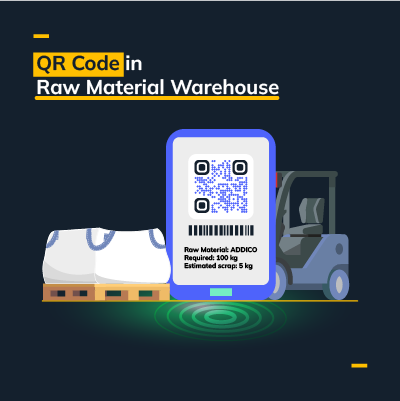QR Code in Raw Material Warehouse

In the Raw Material Warehouse you can manage your availability levels of each of your resins and additives by recording the Inputs, that is, each time a supplier arrives at the production plant and unloads the requested material in the warehouse, and the Outputs, when the material leaves the warehouse and is delivered to the production department of the plant.
Each of the movements that happen in the warehouse depend on the records that are made, although the registration of inputs can be done manually by clicking the Add Record button, now you can record an output by scanning a QR code and so you can optimize the capture of information easily and quickly.
Through the use of QR codes you can streamline the operations of the work team, reduce errors in the capture of production and obtain greater level of detail for inventory monitoring in the Warehouse by combining in each Input and Output the location in which it is located and the Lot No. to which the Raw Material belongs.
